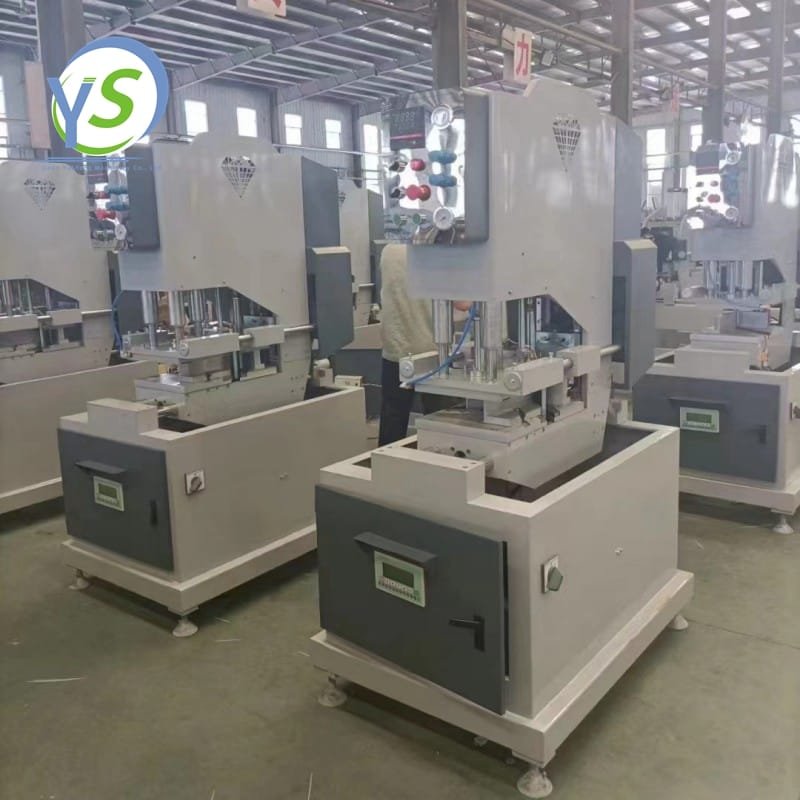In the realm of metalworking, aluminum milling machines stand out as versatile and indispensable tools that revolutionize the fabrication process. These machines are specifically designed to mill, shape, and cut aluminum and its alloys with remarkable precision and efficiency. Whether you’re working on small-scale prototypes or large-scale industrial components, an aluminum milling machine offers unparalleled performance and versatility.
The Basics of Aluminum Milling Machines
An aluminum milling machine is a type of computer numerical control (CNC) machine that employs rotating cutting tools to remove material from a workpiece. These machines come in various configurations, including horizontal, vertical, and universal milling machines, each tailored to specific milling needs. The core components of an aluminum milling machine include the spindle, which holds the cutting tool; the worktable, where the workpiece is secured; and the feed mechanism, which controls the movement of the tool and workpiece.
Key Features of Aluminum Milling
- Precision and Accuracy:
Aluminum milling machines are equipped with advanced CNC systems that enable precise control over the cutting process. This ensures that even the most intricate designs can be achieved with minimal margin for error. The machines’ ability to hold tight tolerances makes them ideal for producing high-quality components that meet strict specifications. - Versatility:
These machines can perform a wide range of operations, including drilling, boring, threading, and profiling. With the right tooling and accessories, an aluminum milling machine can tackle a variety of materials beyond aluminum, such as brass, copper, and even some plastics. - High-Speed Cutting:
Aluminum is a relatively soft metal, which allows for high-speed cutting without excessive wear on the cutting tools. Aluminum milling machines are optimized for these high speeds, enabling faster production cycles and increased throughput. - Surface Finish:
The precision of aluminum milling machines ensures that the final product has a smooth and consistent surface finish. This is particularly important in industries such as aerospace, automotive, and electronics, where aesthetic appeal and functional performance are paramount.
Applications in Various Industries
- Aerospace:
Aluminum milling machines play a crucial role in the manufacture of aircraft components. They enable the production of lightweight yet durable parts that meet the rigorous safety standards of the aerospace industry. - Automotive:
In the automotive sector, aluminum milling machines are used to create engine parts, body panels, and other components that contribute to fuel efficiency and overall vehicle performance. - Electronics:
The precision and accuracy of these machines make them ideal for producing intricate parts for electronic devices, such as smartphones, tablets, and laptops. - Medical:
Aluminum milling machines are also used in the medical industry to create surgical instruments, prosthetics, and other medical devices that require a high degree of precision and reliability.

Maintenance and Optimization
To ensure optimal performance and extend the lifespan of your aluminum milling machine, regular maintenance is essential. This includes cleaning the machine, inspecting and replacing worn parts, and lubricating moving components. Additionally, optimizing the cutting parameters, such as feed rate, spindle speed, and depth of cut, can significantly improve productivity and reduce tooling costs.
In conclusion, aluminum milling machines are essential tools in the metalworking industry, offering precision, versatility, and high-speed cutting capabilities. Whether you’re working in aerospace, automotive, electronics, or medical manufacturing, these machines enable you to produce high-quality components with unparalleled efficiency. With proper maintenance and optimization, your aluminum milling machine will continue to deliver exceptional performance, driving innovation and productivity in your workshop.


